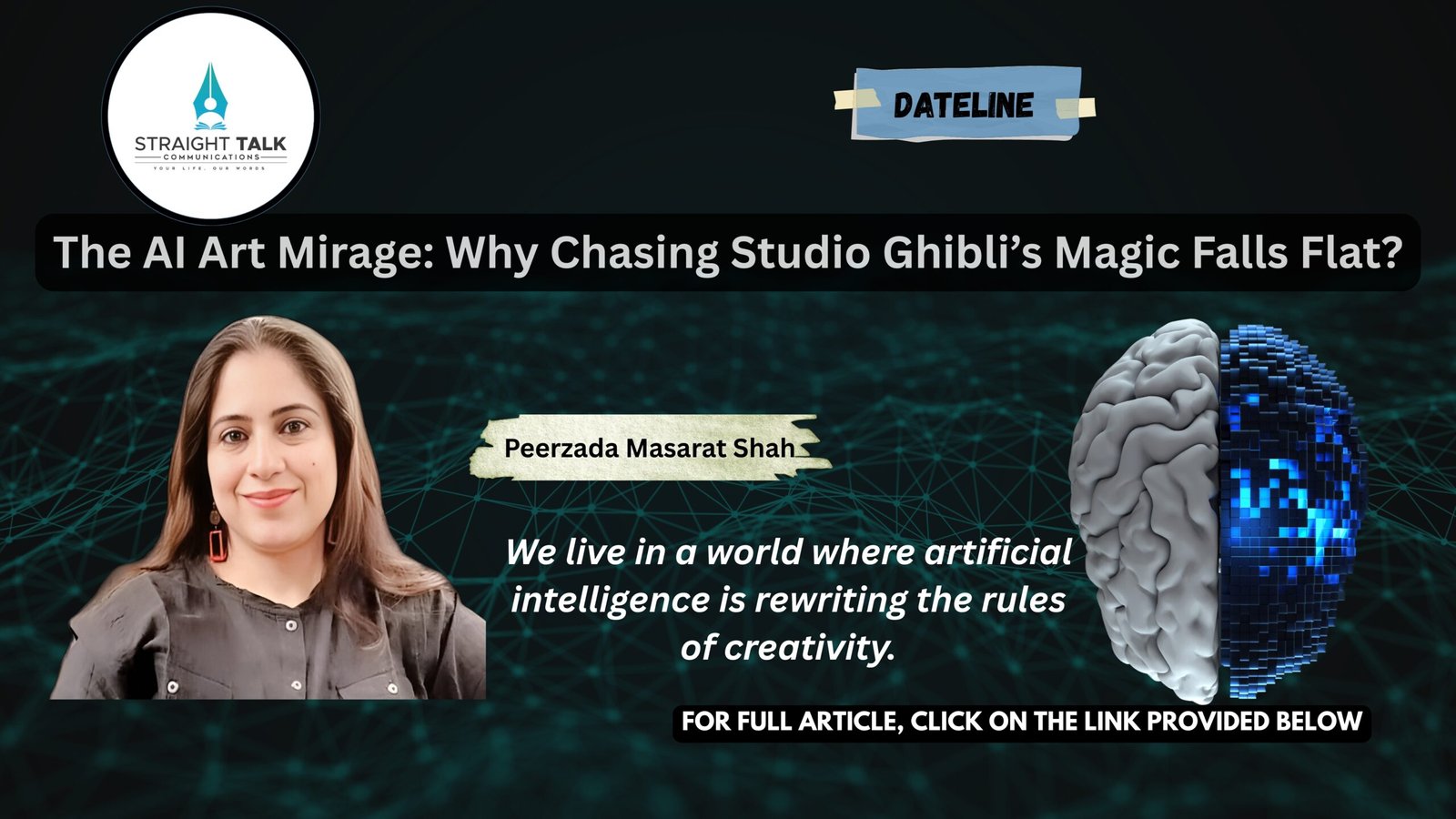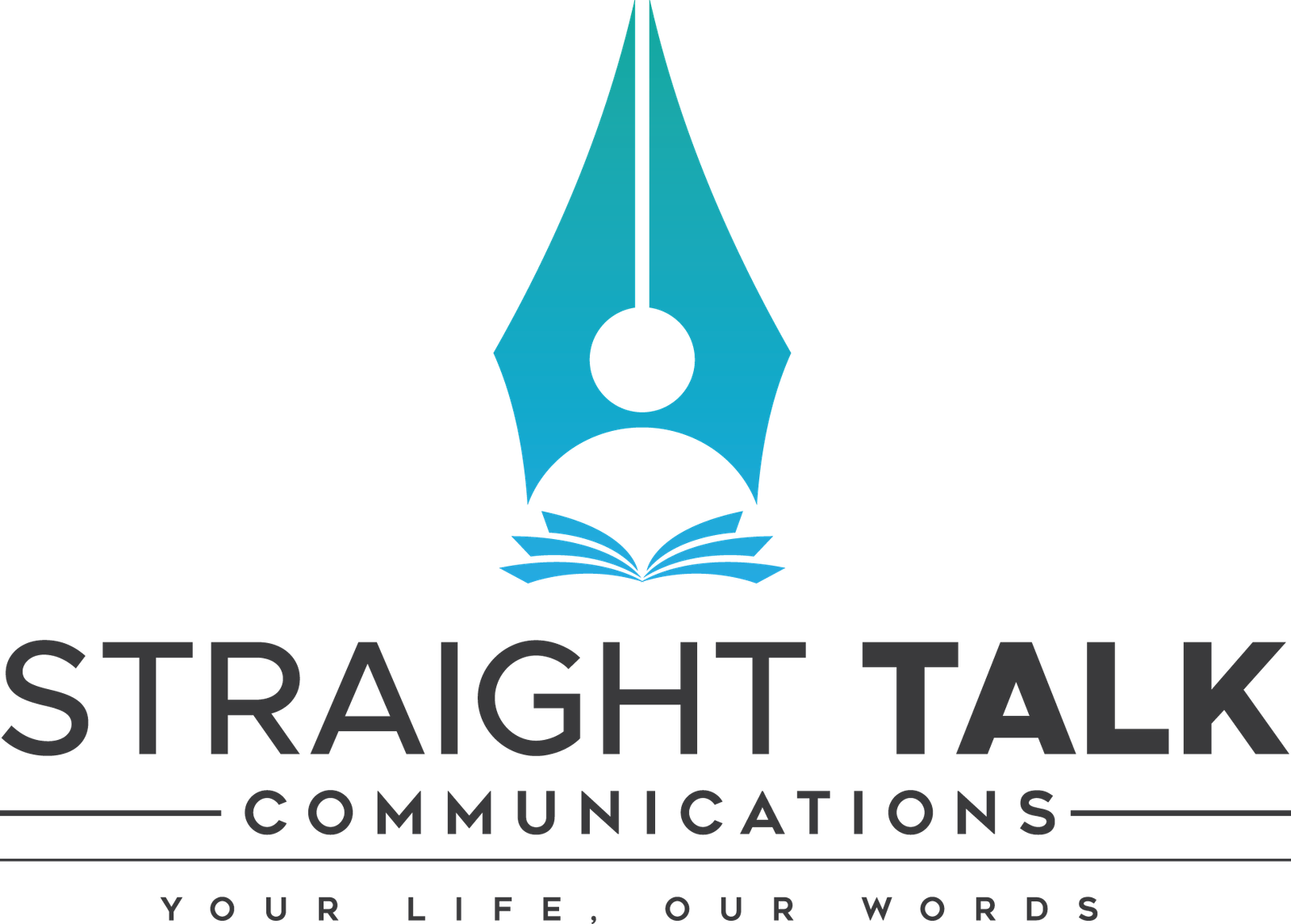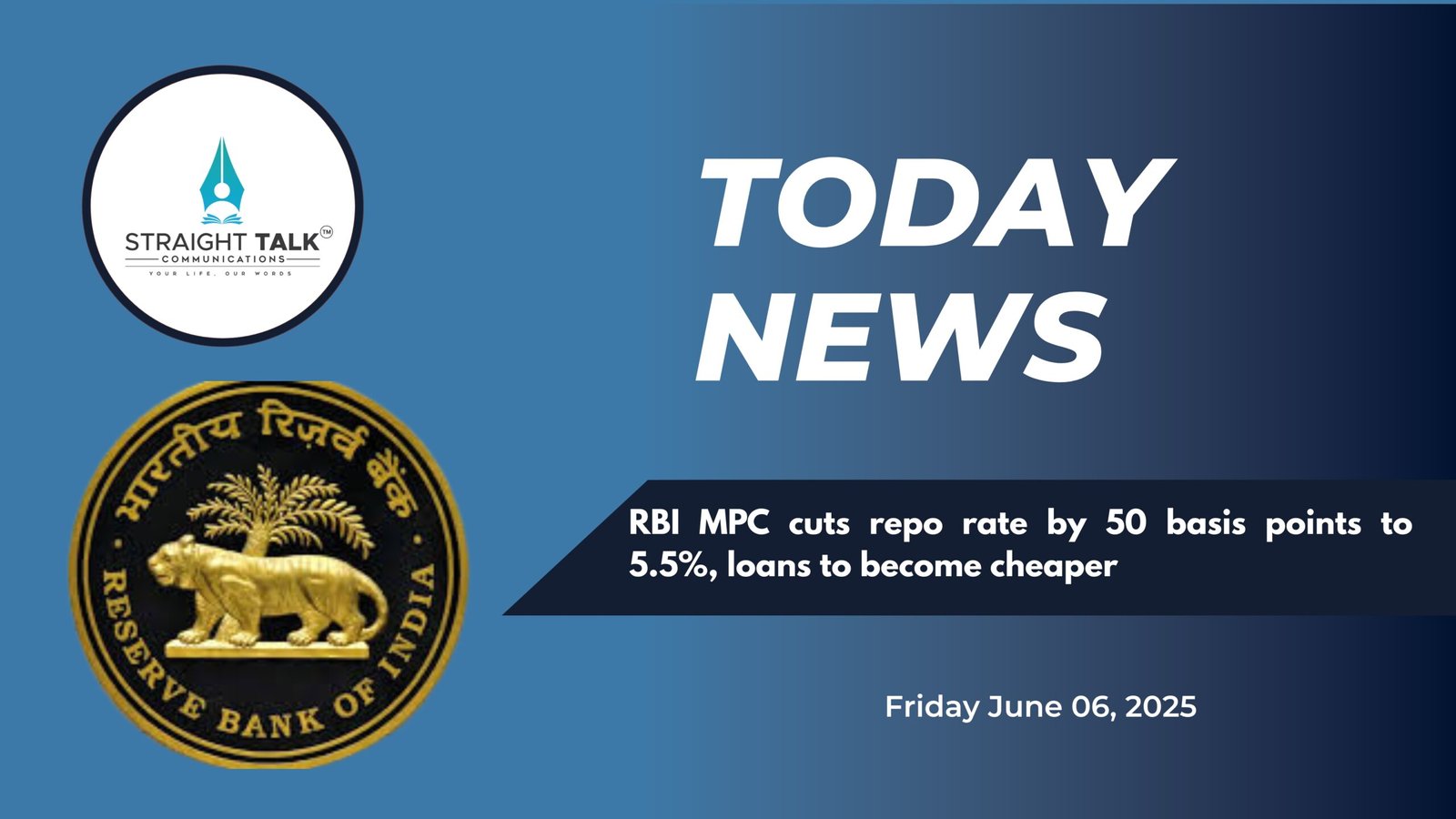The AI Art Mirage: Why Chasing Studio Ghibli’s Magic Falls Flat?

Peerzada Masarat Shah
We live in a world where artificial intelligence is rewriting the rules of creativity. From churning out faux Renaissance portraits to spitting out modernist squiggles, AI’s reach in visual art is nothing short of jaw-dropping. Lately, though, it’s the buzz around AI mimicking Studio Ghibli — the Japanese animation giant behind Spirited Away, My Neighbor Totoro, and Princess Mononoke — that’s got everyone talking. The promise? Picture-perfect Ghibli vibes at the click of a button. The reality? A hollow echo that’s got fans, artists, and ethicists up in arms. Is this tech wizardry a breakthrough — or a betrayal of everything Ghibli stands for?
Beyond the Brushstrokes: What Makes Ghibli Ghibli
Studio Ghibli isn’t just about pretty pictures. Sure, the soft pastels, whimsical characters, and dreamy landscapes are iconic — but that’s only half the story. Think of Chihiro’s wide-eyed hesitation as she glances back at her pig-turned-parents, or Ashitaka’s quiet awe amid the forest spirits. Every frame drips with purpose: a fleeting emotion, a whisper of philosophy, a slice of life that hits you right in the chest. It’s not just art; it’s a window into the human soul, painstakingly crafted by animators who’ve poured their hearts into every line.
Now enter AI. Feed it a prompt like “Ghibli-style sunset” and out pops a glossy imitation: big eyes, lush greenery, the works. At a glance, it’s convincing. But linger a little longer, and the cracks show. Where’s the weight of Chihiro’s fear? The stillness of Totoro’s forest? AI nails the look — the “what” — but misses the why. As artist Aditya Mani Jha puts it, “This isn’t innovation — it’s creative bankruptcy dressed up as a tech flex.” Without the messy, beautiful humanity behind it, AI’s Ghibli wannabes feel like shells: shiny, sure, but empty.
The Sticky Ethics of AI’s Copycat Game
Here’s where it gets messy. AI doesn’t dream up these images from scratch. Tools like Midjourney or Stable Diffusion lean on massive datasets — millions of pictures scraped from the internet, often including Ghibli’s copyrighted gems. No one asked Hayao Miyazaki or his team if their life’s work could be tossed into the AI blender. Instead, the tech slurps up their art, mashes it with other influences, and spits out a remix when you type “Totoro vibes.” It’s not creation; it’s interpolation — a fancy word for borrowing so much you might as well call it theft.
Imagine if someone fed every Beatles track into an AI to crank out “new” hits. Fans would riot, and lawyers would swarm. Yet in the art world, this happens daily, with little pushback. Ghibli’s style — born from decades of sweat, tears, and genius — becomes fodder for algorithms, all without a nod to the creators. Is this fair play, or are we just okay with it because it’s too cool to question?
The Uncanny Valley of AI’s Ghibli Knockoffs
Ethics aside, AI’s Ghibli attempts often flop on pure aesthetics. Scroll X or Instagram, and you’ll spot them: a “Ghibli-style” couple gazing blankly in a too-perfect village, or a forest so symmetrical it feels sterile. The characters’ faces might lack that spark of life — eyes that don’t quite connect, hands that blur into stubs. One viral piece had a girl in a Totoro-esque meadow, but her smile was off, the trees too polished. It’s the uncanny valley in full effect: close enough to fool you at first, but wrong enough to leave you uneasy.
Ghibli’s charm lies in its imperfections — the slight wobble of a hand-drawn line, the uneven shading that makes a scene feel alive. AI, obsessed with precision, overcooks it. The result? A lifeless doppelgänger that’s Ghibli in name only.
The Shortcut Temptation
Here’s the kicker: AI’s rise is changing how art gets made. Why spend years mastering perspective or storytelling when you can type a prompt and call it a day? For young creators, it’s a crossroads. Do you grind through the slog of practice — the way Miyazaki did — or lean on tech to fake it ‘til you make it? When TikTok likes flood in for AI-generated pieces, the answer’s starting to tilt toward the easy route.
Miyazaki himself isn’t having it. He once called AI animation “an insult to life itself,” a gut punch from a man who’s spent decades sketching the world as he sees it. For him, art isn’t just the end product — it’s the struggle, the observation, the connection. AI skips all that, and we’re left wondering: are we trading depth for dazzle?
Can AI and Art Play Nice?
Don’t get me wrong — AI isn’t all bad. Used right, it’s a game-changer. It can sketch out rough ideas, tweak color schemes, or churn through grunt work so artists can focus on the big stuff. But when it’s hijacking Ghibli’s soul for clout, it’s a step too far. The fix? Transparency, for one — let us know where the training data comes from. Give artists an opt-in, not an opt-out. And maybe, just maybe, we as viewers need to stop hyping lazy knockoffs over real creativity.
The Magic Machines Can’t Touch
So why does your AI Ghibli art feel off? Partly it’s the weird fingers or the soulless stares. But mostly, it’s that Ghibli’s magic isn’t in the pixels — it’s in the pauses, the glances, the feeling that every frame breathes. No matter how slick the algorithm, it can’t bottle that. Art’s not a math problem; it’s a heartbeat. And until AI grows one, it’s just playing dress-up in Ghibli’s clothes.
In the end, maybe that’s the real story here: not what tech can do, but what it can’t. Humanity’s still got the edge — for now.







